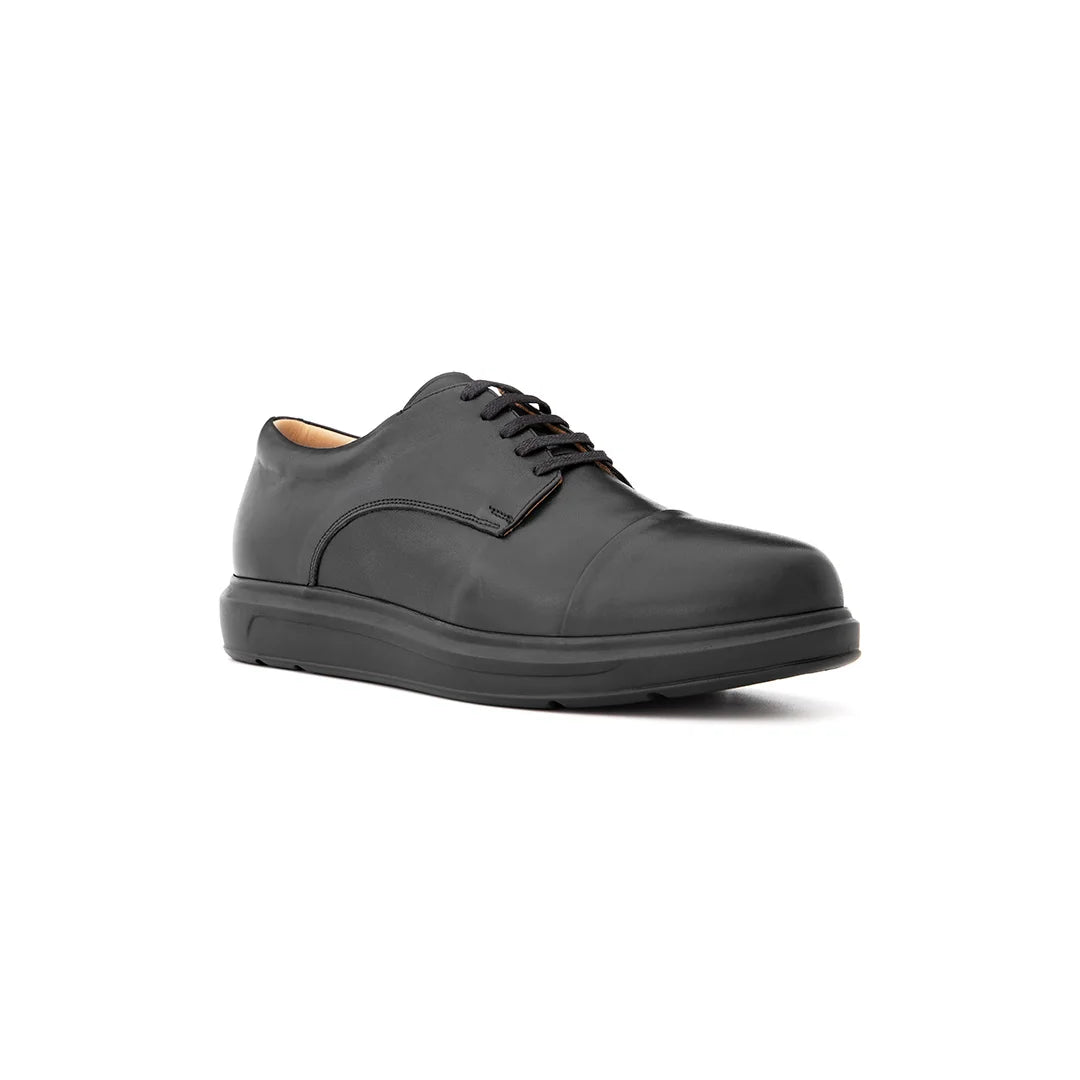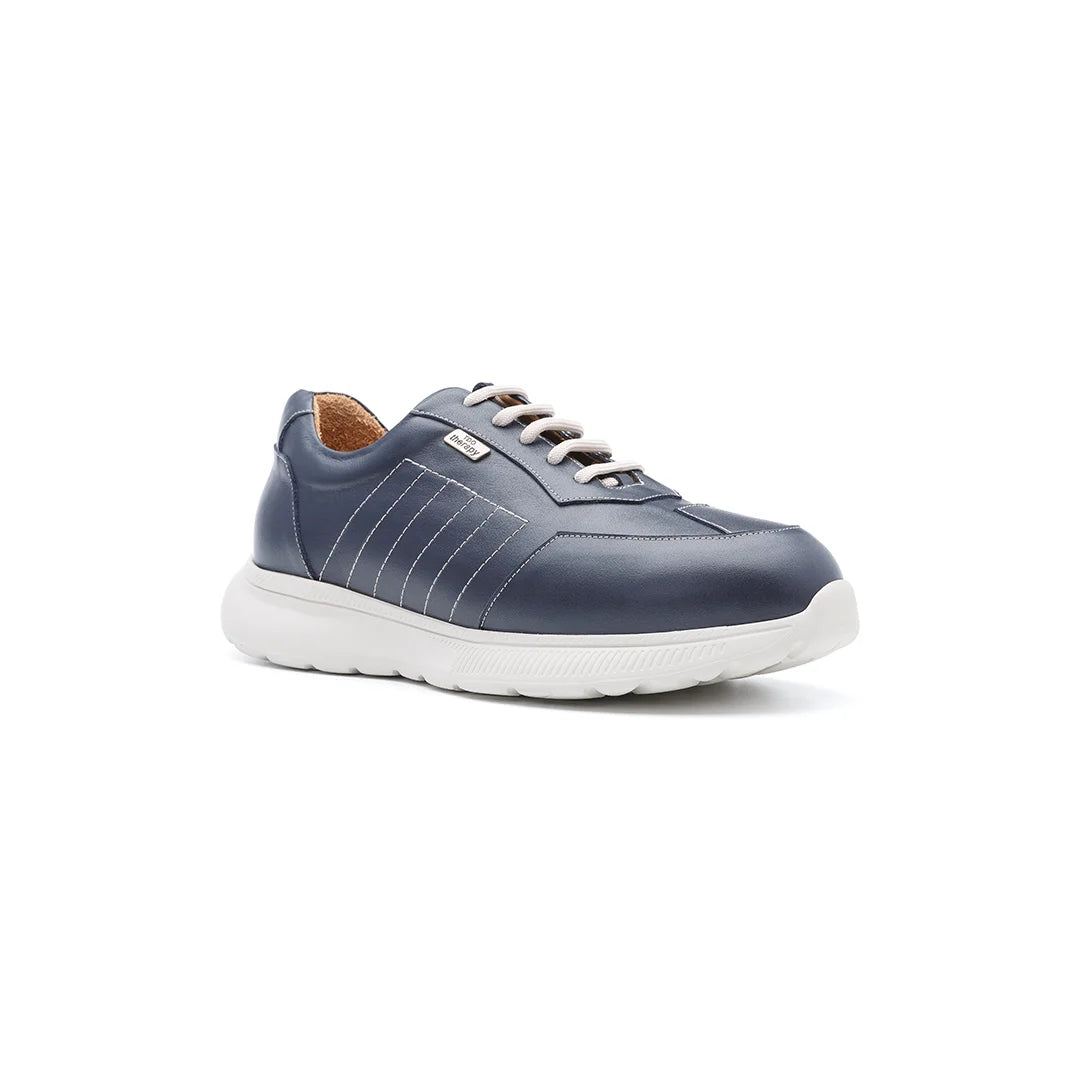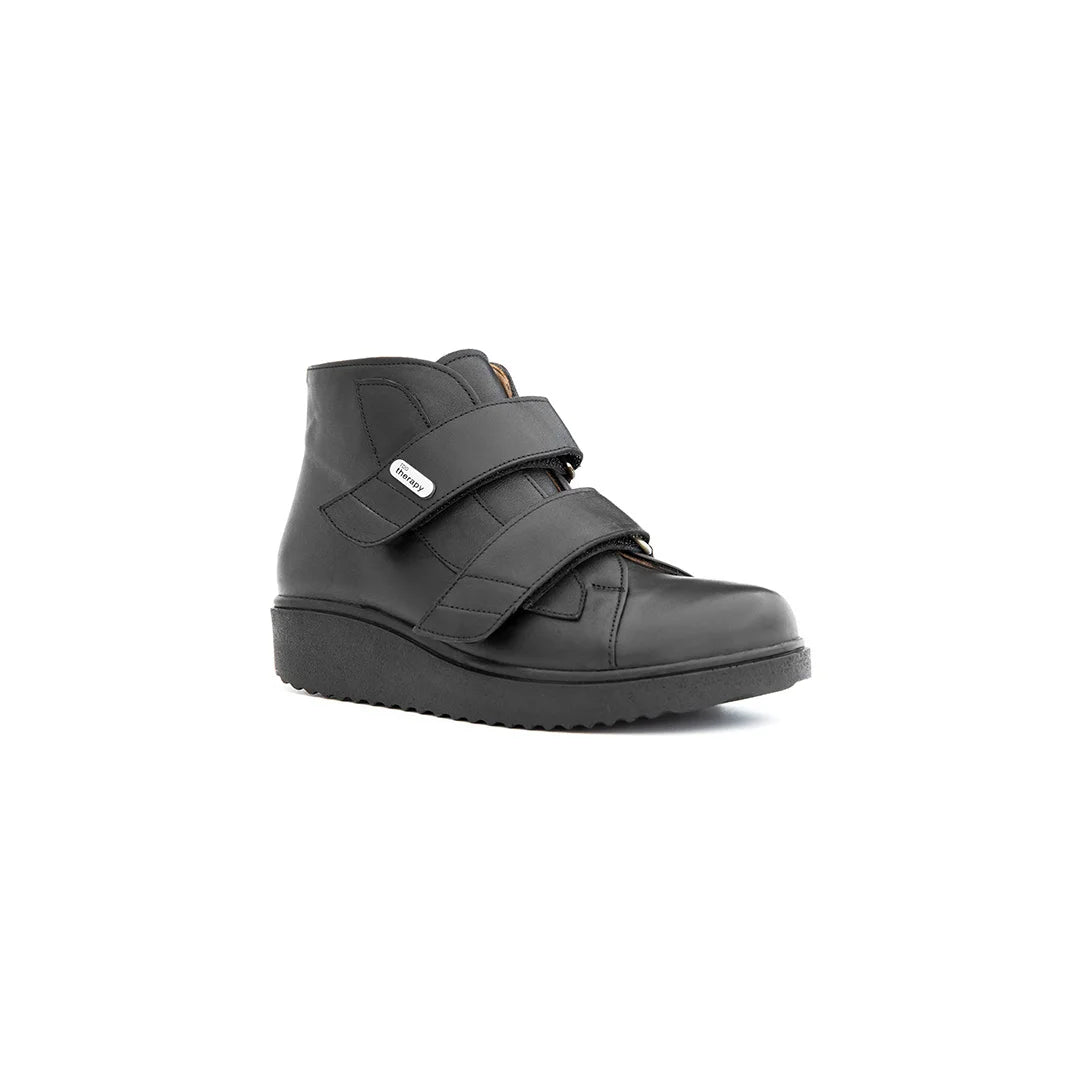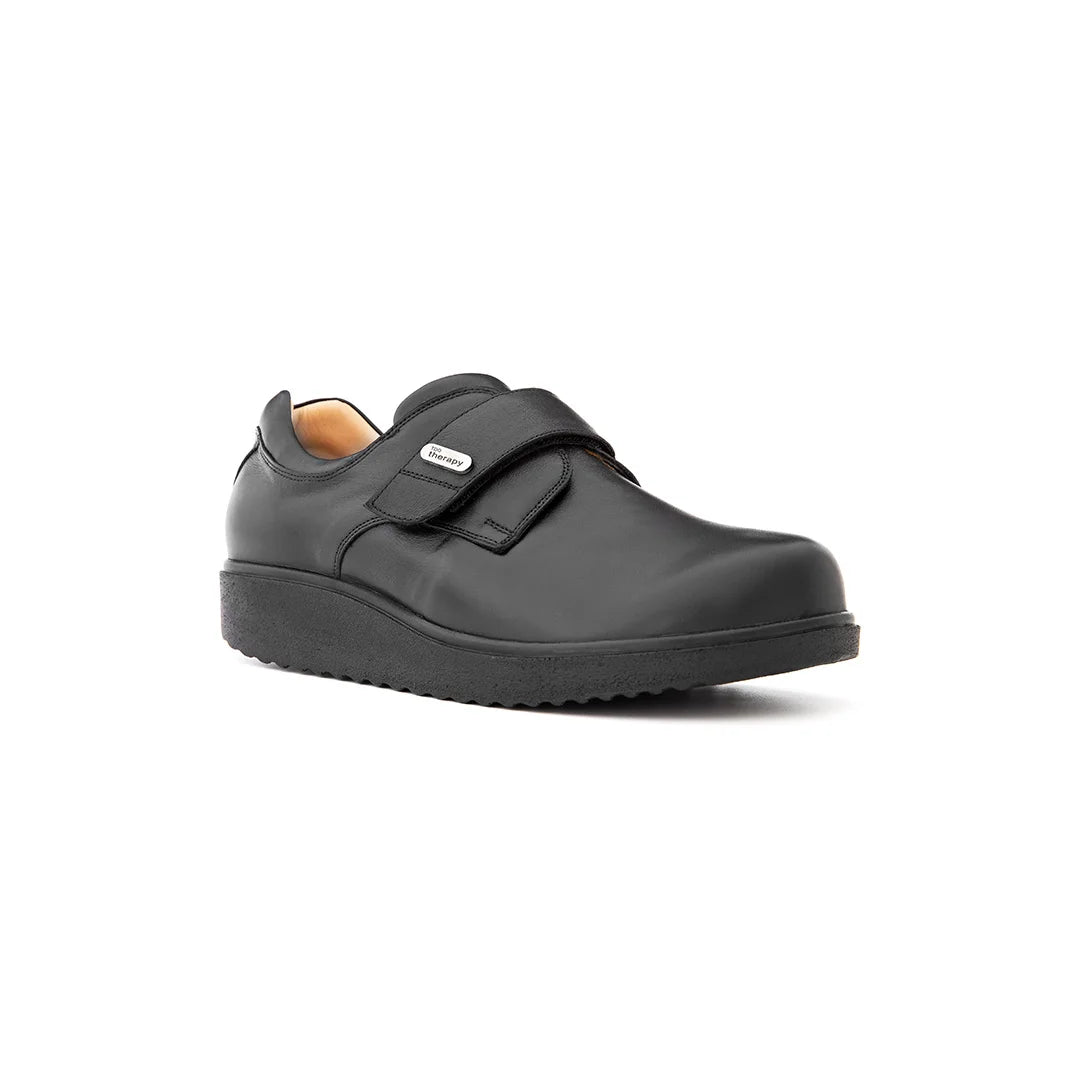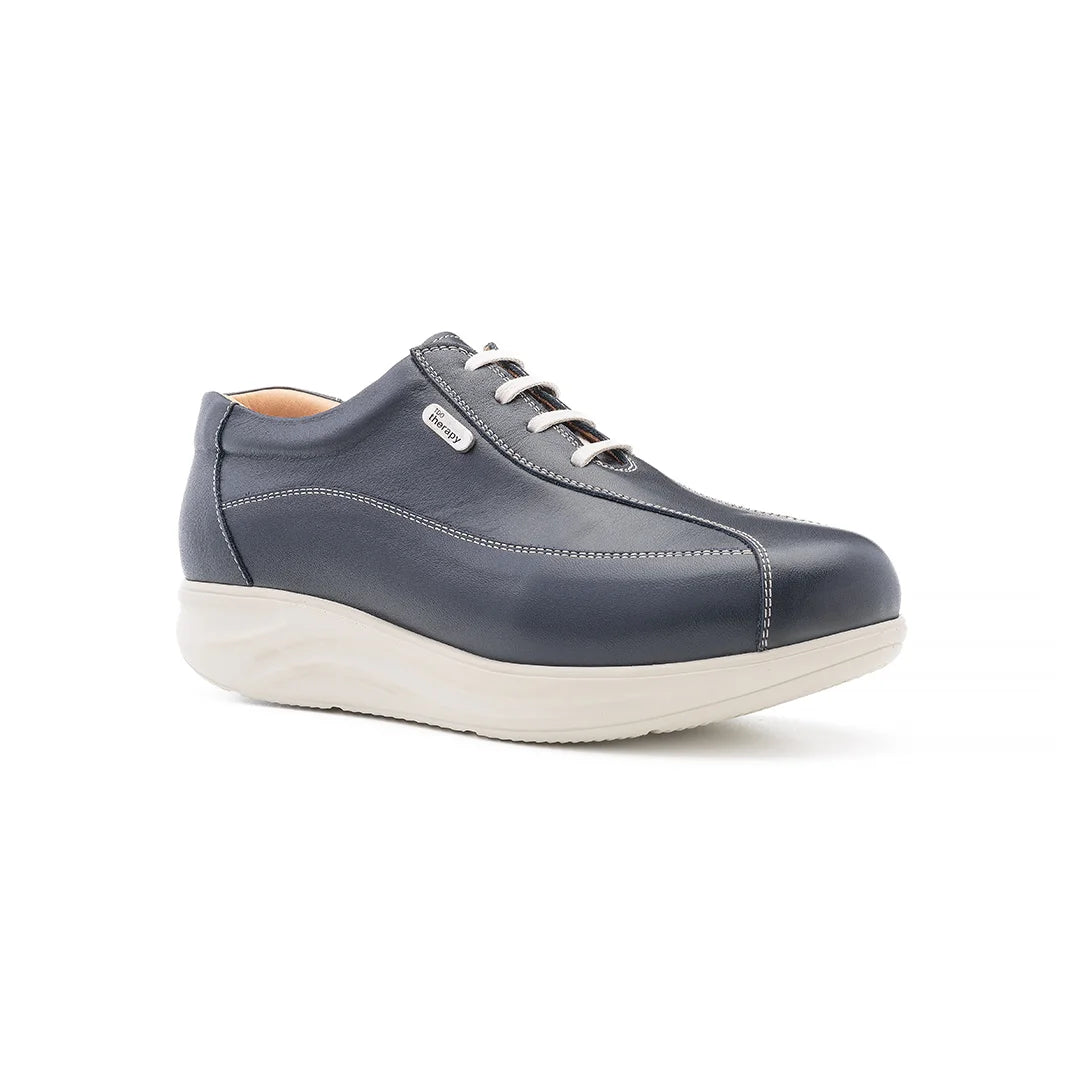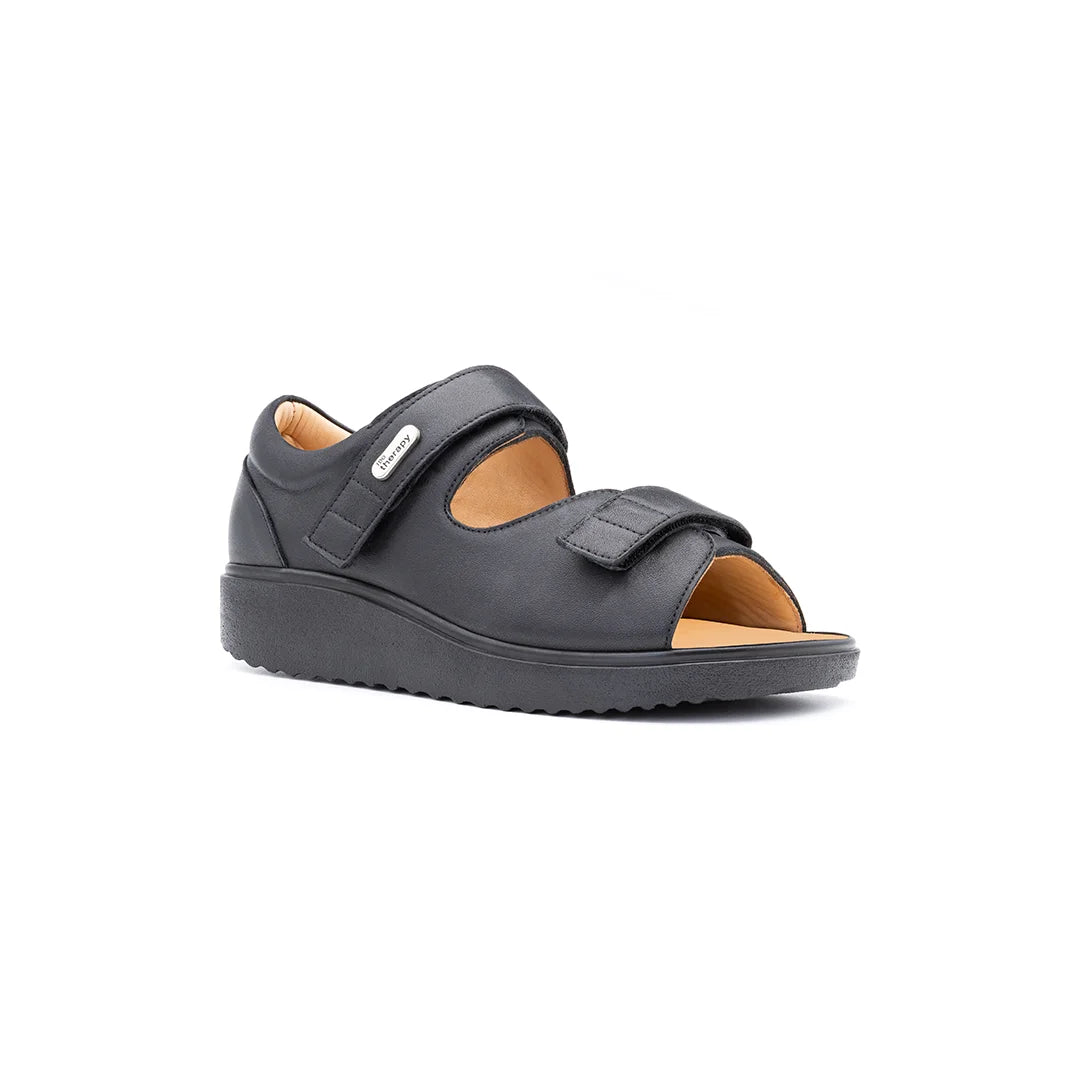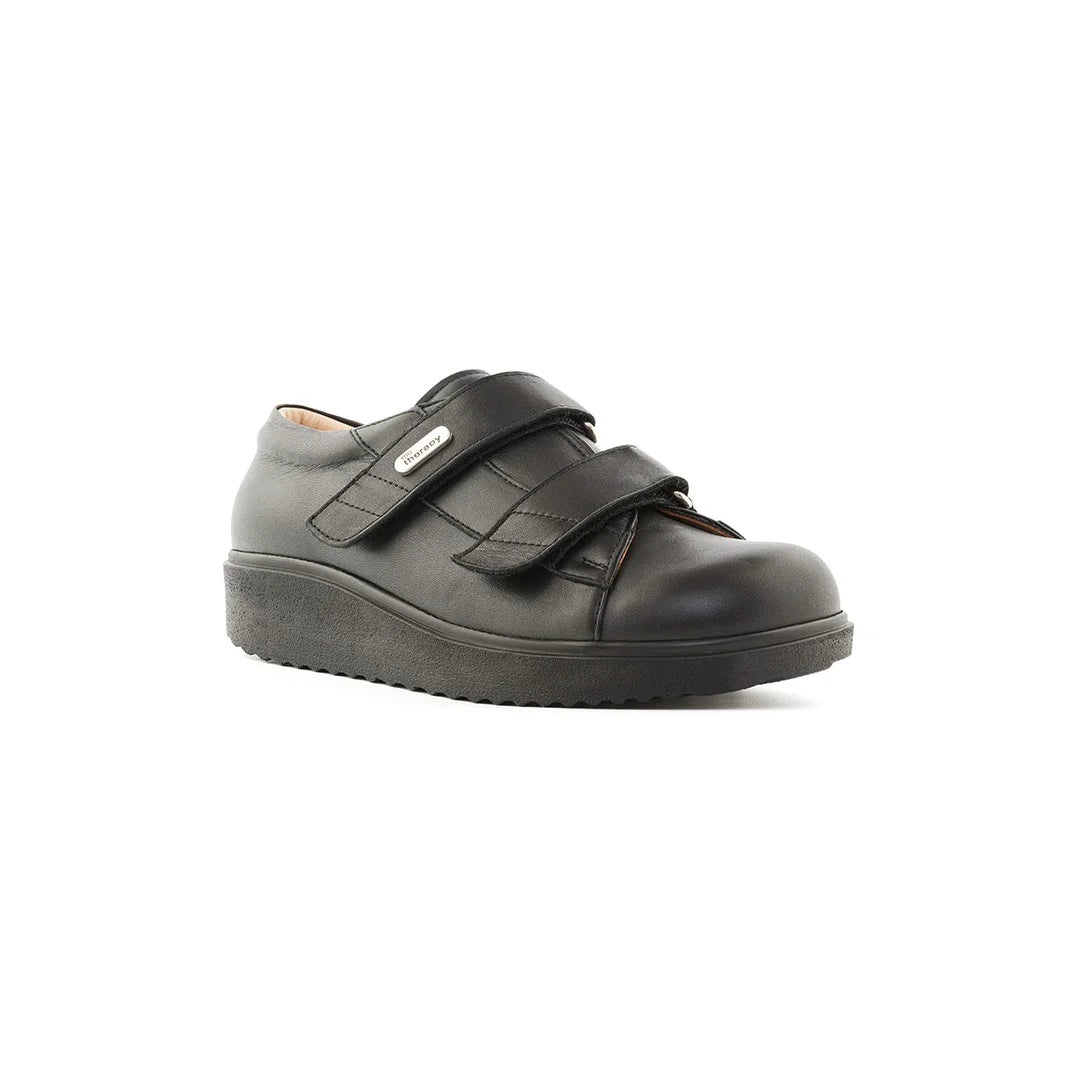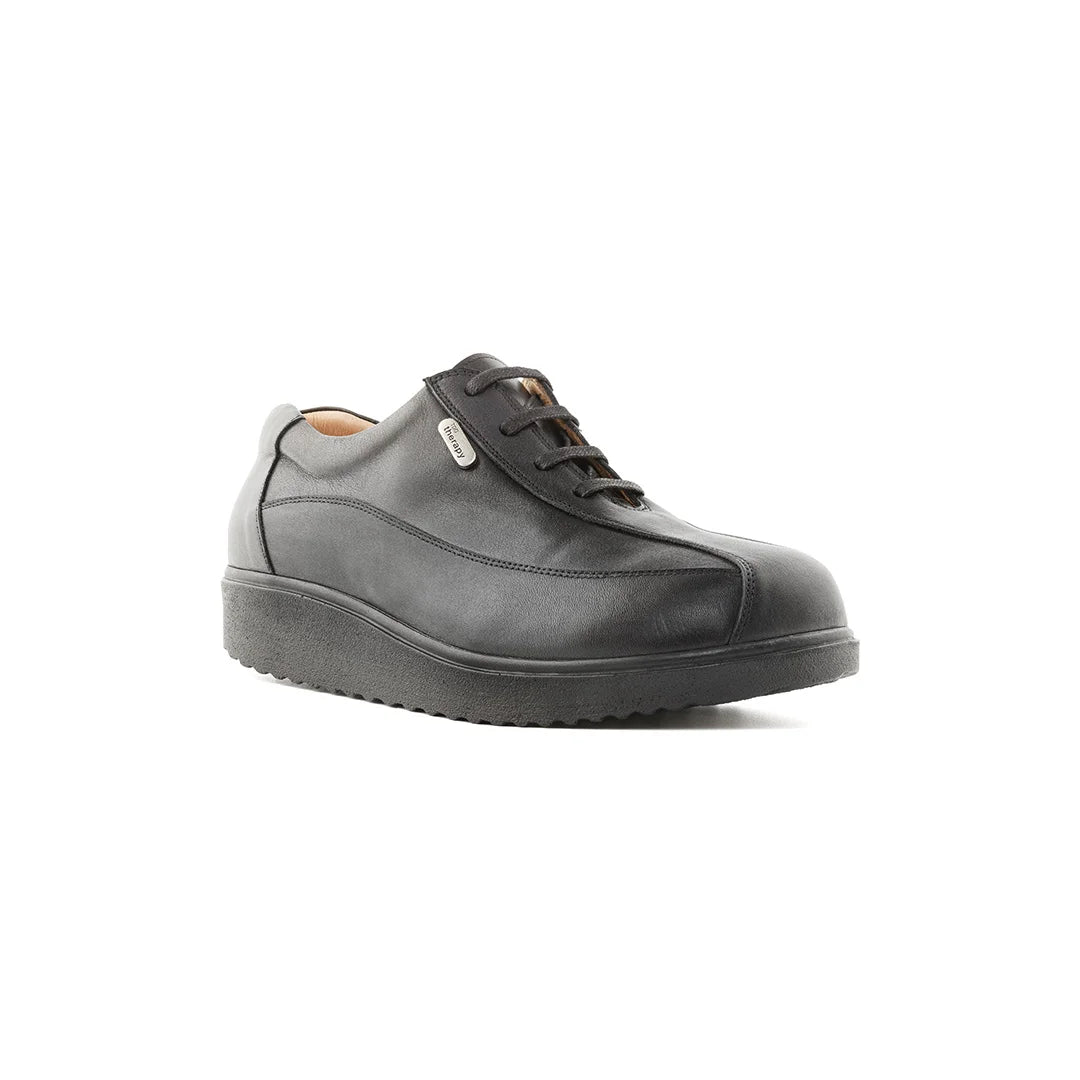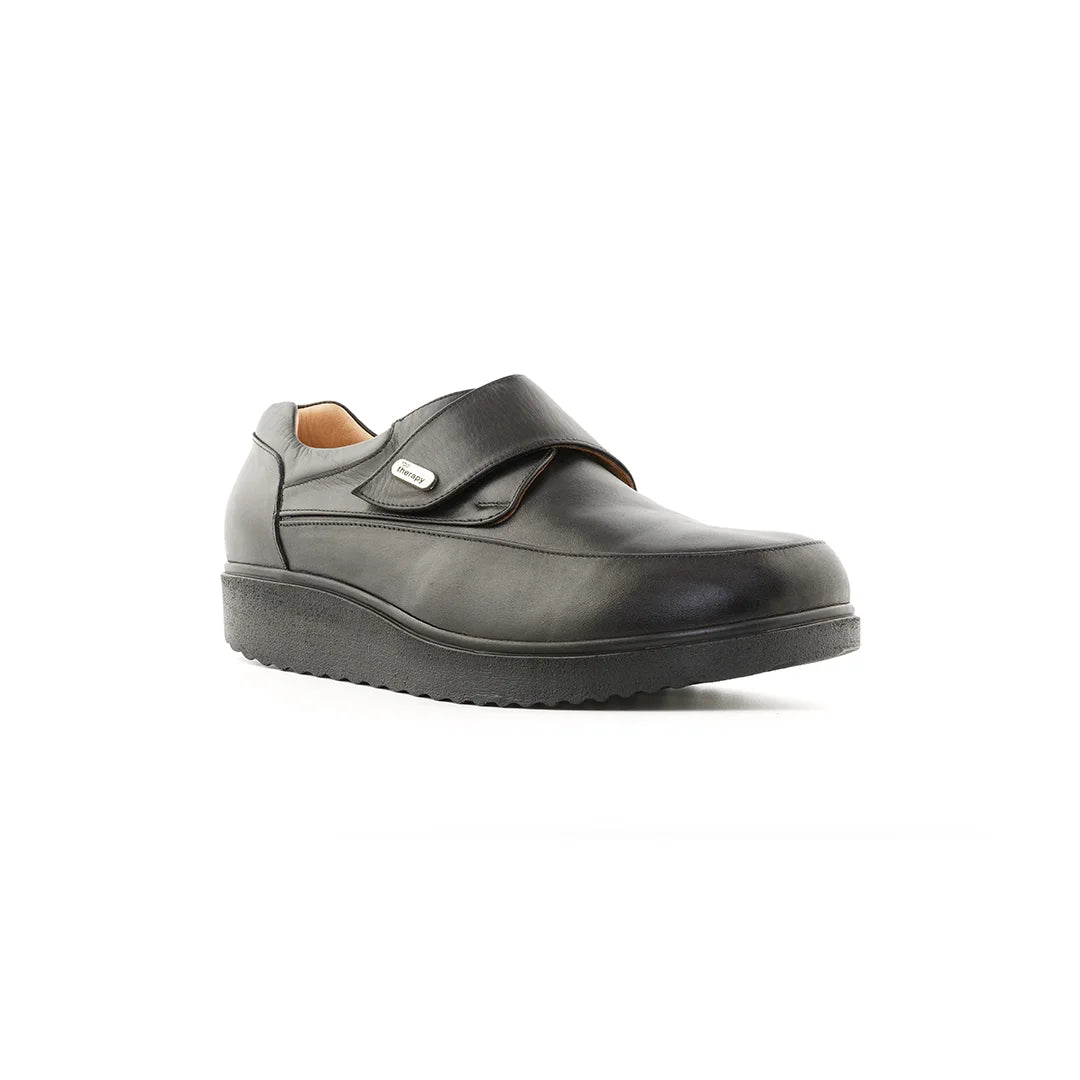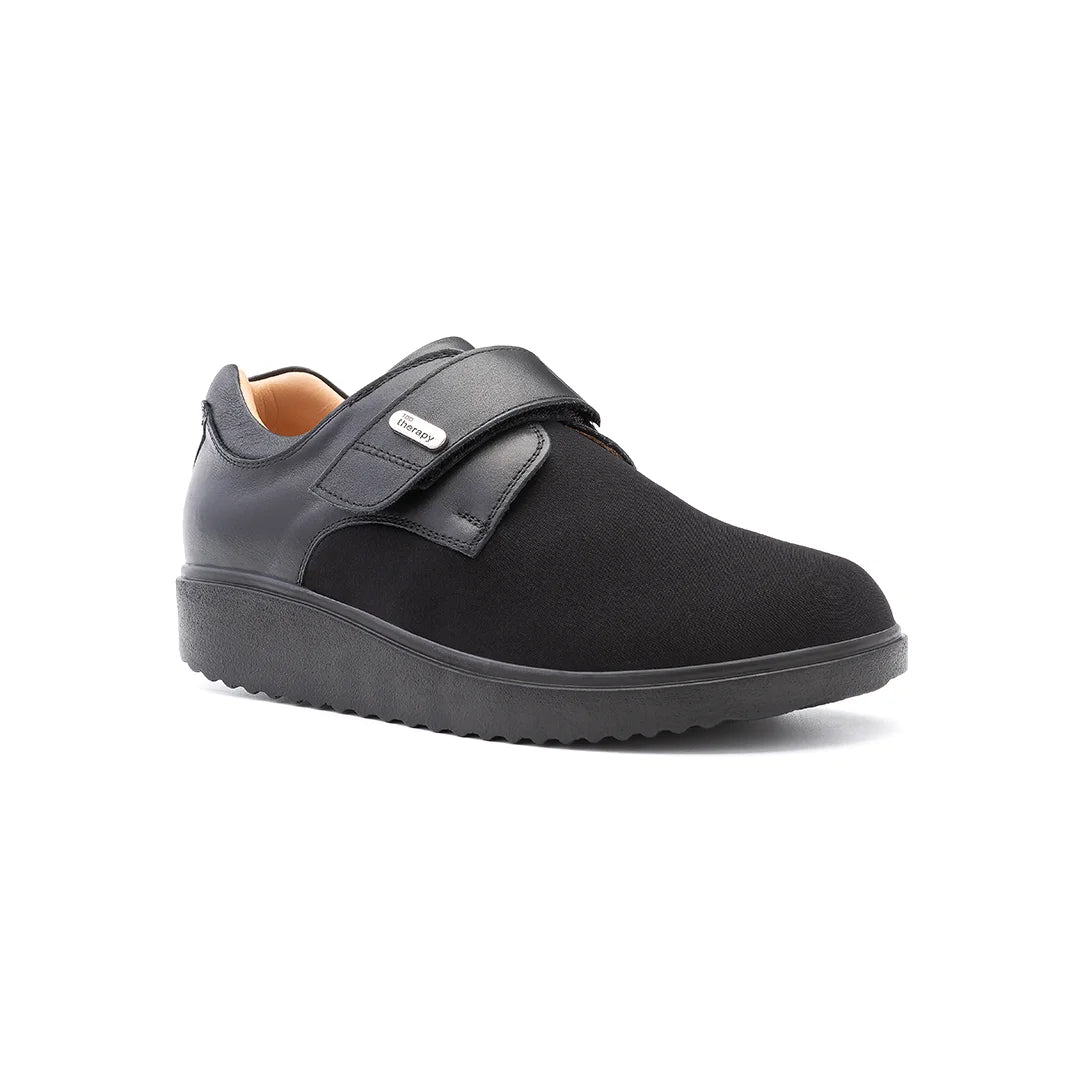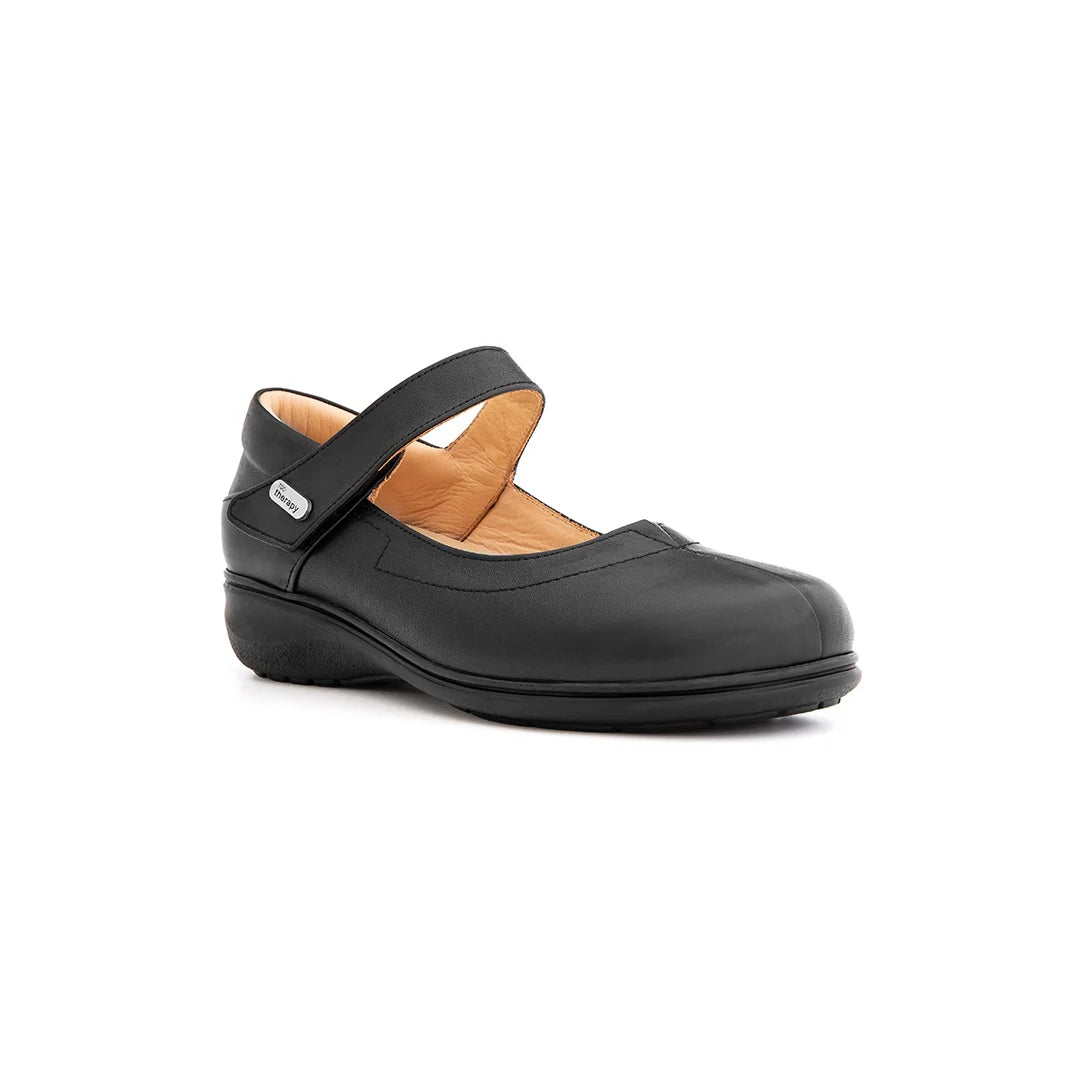For individuals with diabetes, proper foot care is essential to prevent complications such as infections, ulcers, and nerve damage. Diabetic shoes are specially designed to provide comfort, support, and protection for sensitive feet, but their effectiveness depends on proper maintenance. Cleaning diabetic shoes regularly is a critical step in safeguarding your foot health and ensuring your footwear remains functional and hygienic. At TDO Therapy, we are committed to supporting your journey to better foot wellness. In this guide, we’ll share expert tips for cleaning diabetic shoes, highlight common mistakes to avoid, and provide practical advice to keep your footwear in top condition.
Why Cleaning Diabetic Shoes Matters
Diabetic shoes are more than just footwear; they are a vital part of managing foot health for those with diabetes. Poor foot hygiene can lead to serious complications, including bacterial infections, fungal growth, and pressure sores, which can be particularly dangerous for diabetic individuals with reduced sensation or poor circulation. Regularly cleaning diabetic shoes removes dirt, sweat, and bacteria that can accumulate over time, reducing the risk of infections and maintaining the shoe’s protective features. Additionally, proper cleaning extends the lifespan of your footwear, ensuring long-term comfort and support. At TDO Therapy, we understand the unique needs of diabetic feet and offer specialized solutions to keep your feet healthy.
Best Practices for Cleaning Diabetic Shoes
Cleaning diabetic shoes requires a gentle approach to preserve their materials and functionality. Follow these expert-recommended steps to clean your diabetic shoes safely:
- Remove Surface Dirt: Use a soft-bristled brush or damp cloth to gently remove dirt, dust, or debris from the shoe’s exterior.
- Prepare a Cleaning Solution: Mix a small amount of mild, non-toxic soap with lukewarm water. Avoid harsh detergents or bleach, which can damage the shoe’s materials.
- Clean Gently: Dip a soft cloth or sponge into the solution and wipe the shoe’s surface, focusing on areas prone to sweat or dirt buildup. For stubborn stains, use a soft toothbrush to scrub lightly.
- Clean Removable Insoles: If your diabetic shoes have removable insoles, take them out and clean them separately with the same mild soap solution. Rinse thoroughly and let them air-dry.
- Rinse and Wipe: Use a clean, damp cloth to remove any soap residue from the shoes.
- Dry Naturally: Place the shoes in a well-ventilated area to air-dry, away from direct sunlight or heat sources like radiators, which can warp or crack the materials.
TDO Therapy offers a range of diabetic footwear designed for easy maintenance. Explore our collection at https://www.tdotherapy.co.uk/ for shoes that prioritize both comfort and hygiene.
Common Mistakes to Avoid When Cleaning Diabetic Shoes
While cleaning diabetic shoes is straightforward, certain mistakes can compromise their quality and your foot health. Here are common pitfalls to avoid:
- Using Hot Water: Hot water can weaken adhesives and deform shoe materials. Always use lukewarm water.
- Machine Washing: Diabetic shoes are not designed for machine washing, as it can damage their structure and cushioning.
- Harsh Chemicals: Avoid alcohol-based cleaners, bleach, or abrasive detergents, which can irritate sensitive skin or degrade shoe materials.
- Over-Scrubbing: Aggressive scrubbing can wear down delicate fabrics or seams, reducing the shoe’s protective qualities.
- Improper Drying: Drying shoes with a hairdryer or near a heater can cause cracking or shrinking. Opt for natural air-drying instead.
By following TDO Therapy’s expert cleaning tips, you can ensure your diabetic shoes remain safe and effective for daily wear.

Tips to Maintain Diabetic Shoe Hygiene
Beyond regular cleaning, maintaining diabetic shoe hygiene involves proactive habits to keep your footwear fresh and functional:
- Establish a Cleaning Schedule: Clean your diabetic shoes weekly or after heavy use (e.g., outdoor activities or excessive sweating) to prevent bacteria buildup.
- Rotate Your Shoes: Alternate between two pairs of diabetic shoes to allow each pair to dry completely between uses, reducing moisture-related issues like mold or odor.
- Store Properly: Keep your shoes in a dry, well-ventilated area to prevent dampness and fungal growth. Avoid storing them in sealed plastic bags or humid environments.
- Use Odor-Control Products: Consider TDO Therapy’s recommended odor-control sprays or inserts to keep your shoes smelling fresh without compromising their materials.
- Inspect Regularly: Check your shoes for signs of wear, such as torn linings or worn-out soles, and replace them as needed to maintain optimal foot protection.
Visit https://www.tdotherapy.co.uk/ to discover our range of diabetic shoe accessories designed to simplify maintenance and enhance foot health.
Choosing the Right Cleaning Products for Diabetic Shoes
Selecting the right cleaning products is crucial to protect the integrity of your diabetic shoes. Here’s what to look for:
- Mild, Non-Toxic Soaps: Choose gentle soaps free from fragrances, dyes, or harsh chemicals to avoid skin irritation or material damage.
- Soft Cleaning Tools: Use soft cloths, sponges, or brushes to clean without scratching or wearing down the shoe’s surface.
- Avoid Alcohol-Based Products: Alcohol can dry out leather or synthetic materials, leading to cracks or reduced flexibility.
- Specialized Products: Opt for cleaning solutions specifically designed for diabetic or orthopedic footwear, available through trusted providers like TDO Therapy.
TDO Therapy offers a curated selection of cleaning products and diabetic footwear to meet your needs. Browse our offerings at https://www.tdotherapy.co.uk/ for solutions that prioritize foot wellness.
FAQ About Cleaning Diabetic Shoes
-
How often should I clean my diabetic shoes?
To maintain hygiene and prevent infections, clean your diabetic shoes weekly or after heavy use, such as prolonged outdoor activities or excessive sweating. Regular cleaning ensures a bacteria-free environment for your feet. -
Can I machine-wash diabetic shoes?
No, machine washing is not recommended for diabetic shoes. The agitation and high temperatures can damage the shoe’s structure, cushioning, and specialized features. Hand-clean with mild soap and lukewarm water for best results. -
What cleaning products are safe for diabetic shoes?
Use mild, non-toxic soaps or specialized cleaners designed for diabetic footwear. Avoid harsh chemicals like bleach or alcohol-based products, which can harm the shoes or irritate sensitive skin. Explore TDO Therapy’s recommended cleaning solutions at https://www.tdotherapy.co.uk/. -
How do I dry diabetic shoes after cleaning?
Air-dry your diabetic shoes in a well-ventilated area, away from direct sunlight or heat sources like radiators. Avoid using hairdryers or placing shoes near heaters, as excessive heat can cause cracking or deformation. -
Why is cleaning diabetic shoes important for foot health?
Proper cleaning removes dirt, sweat, and bacteria that can lead to infections, ulcers, or skin irritations, which are particularly risky for diabetic individuals. Clean shoes also maintain their protective features, supporting overall foot wellness.



